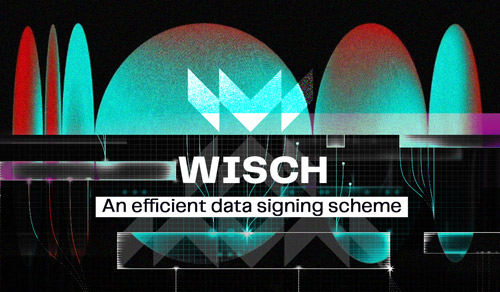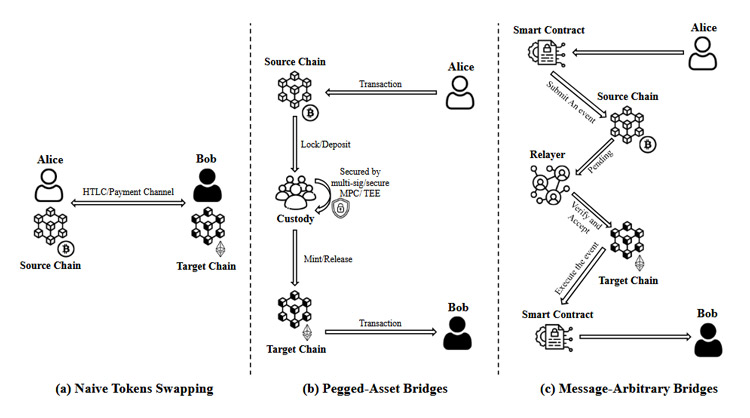Computing on Bitcoin #57
September 19, 2025 - Week 38
Welcome to this week’s edition of Computing on Bitcoin News, your go-to roundup for developments shaping Bitcoin as a programmable, secure, and trustless platform.
We’re here to keep you updated on the momentum behind Bitcoin’s transformation.
Let’s get started.
That’s it for this week’s Computing on Bitcoin News.
As innovation around BTC-native programmability and financial tooling accelerates, we’ll continue to bring you the highlights.
See you next Friday with more stories from the edge!
The Fairgate Team













